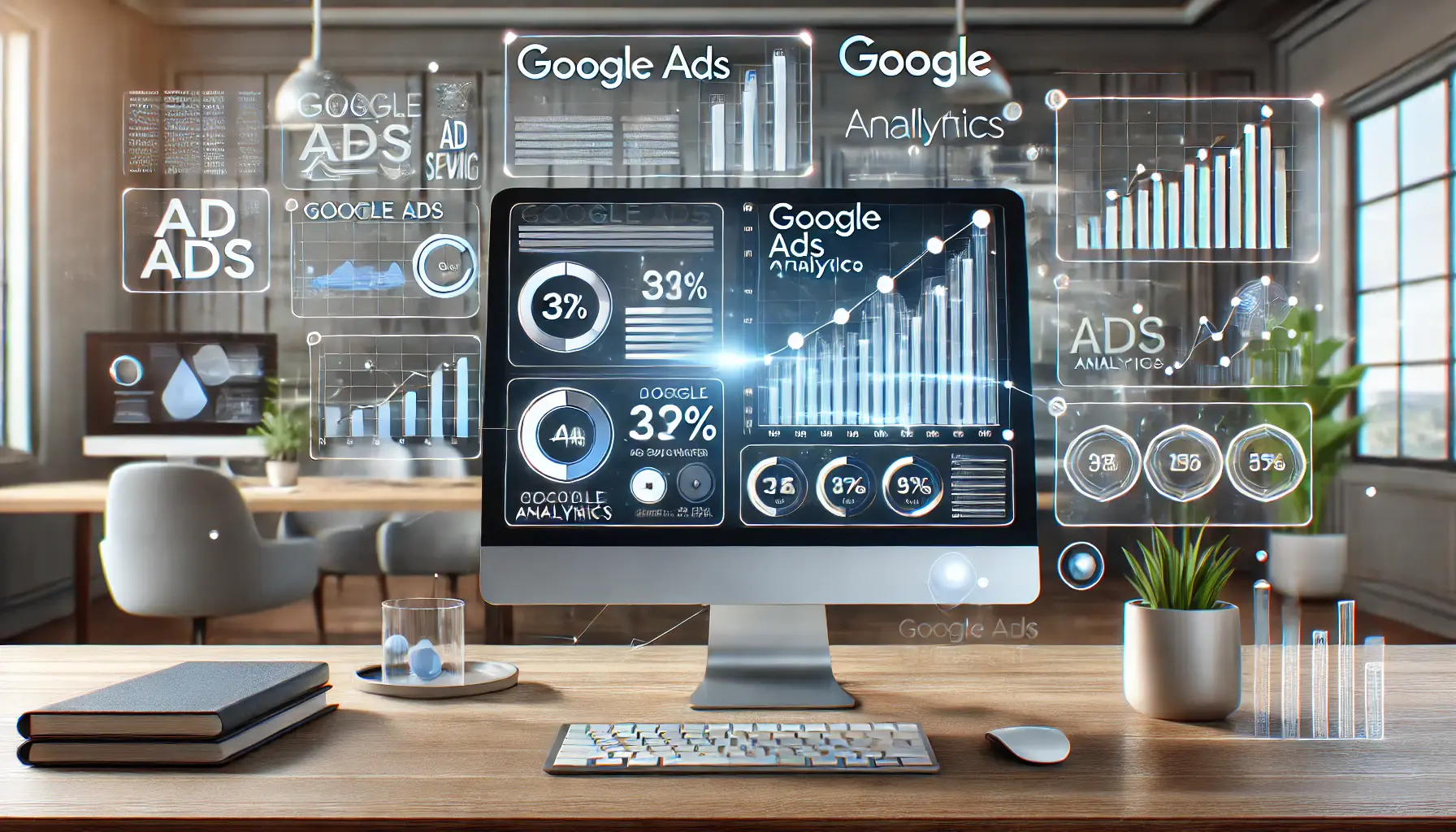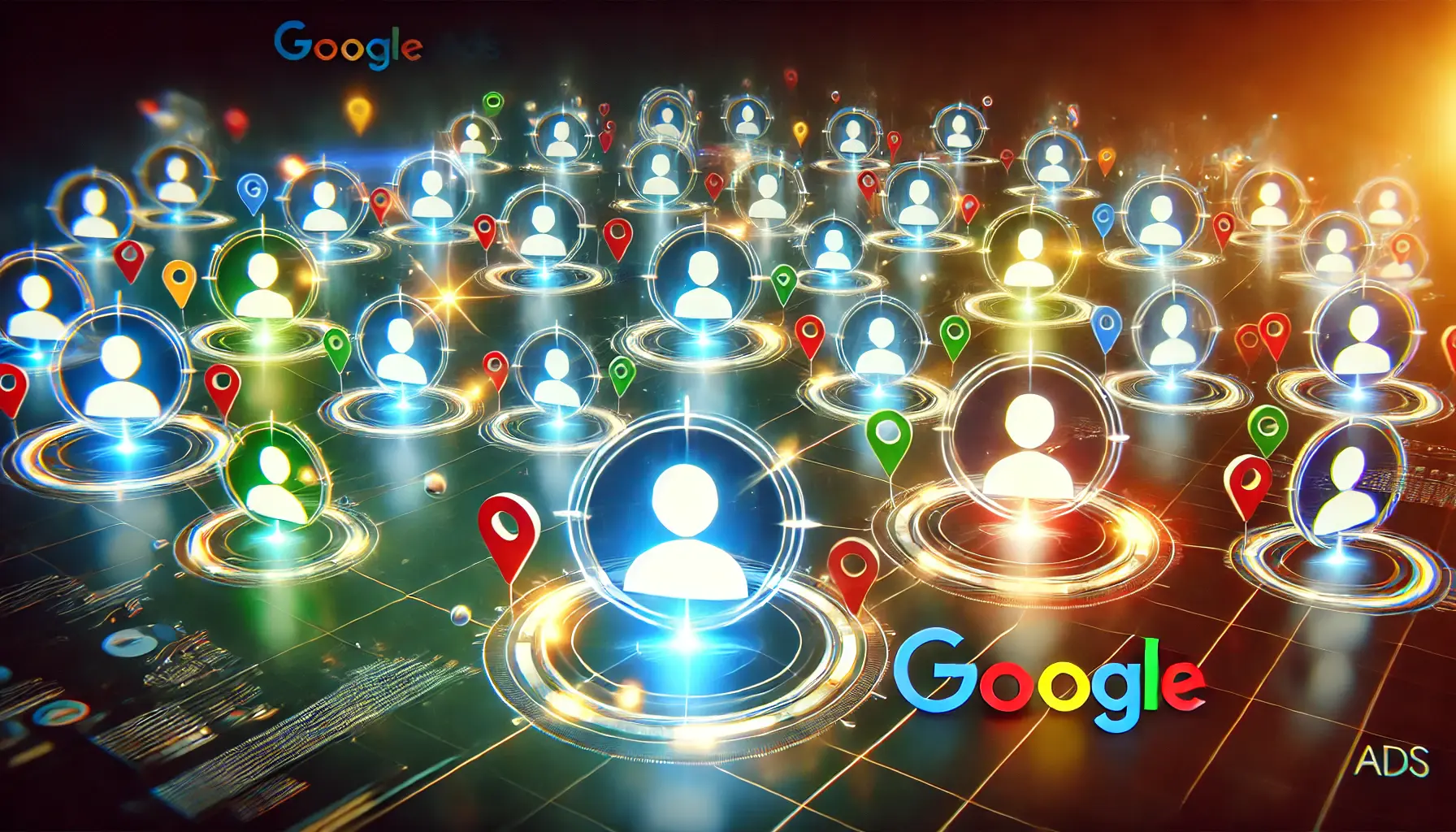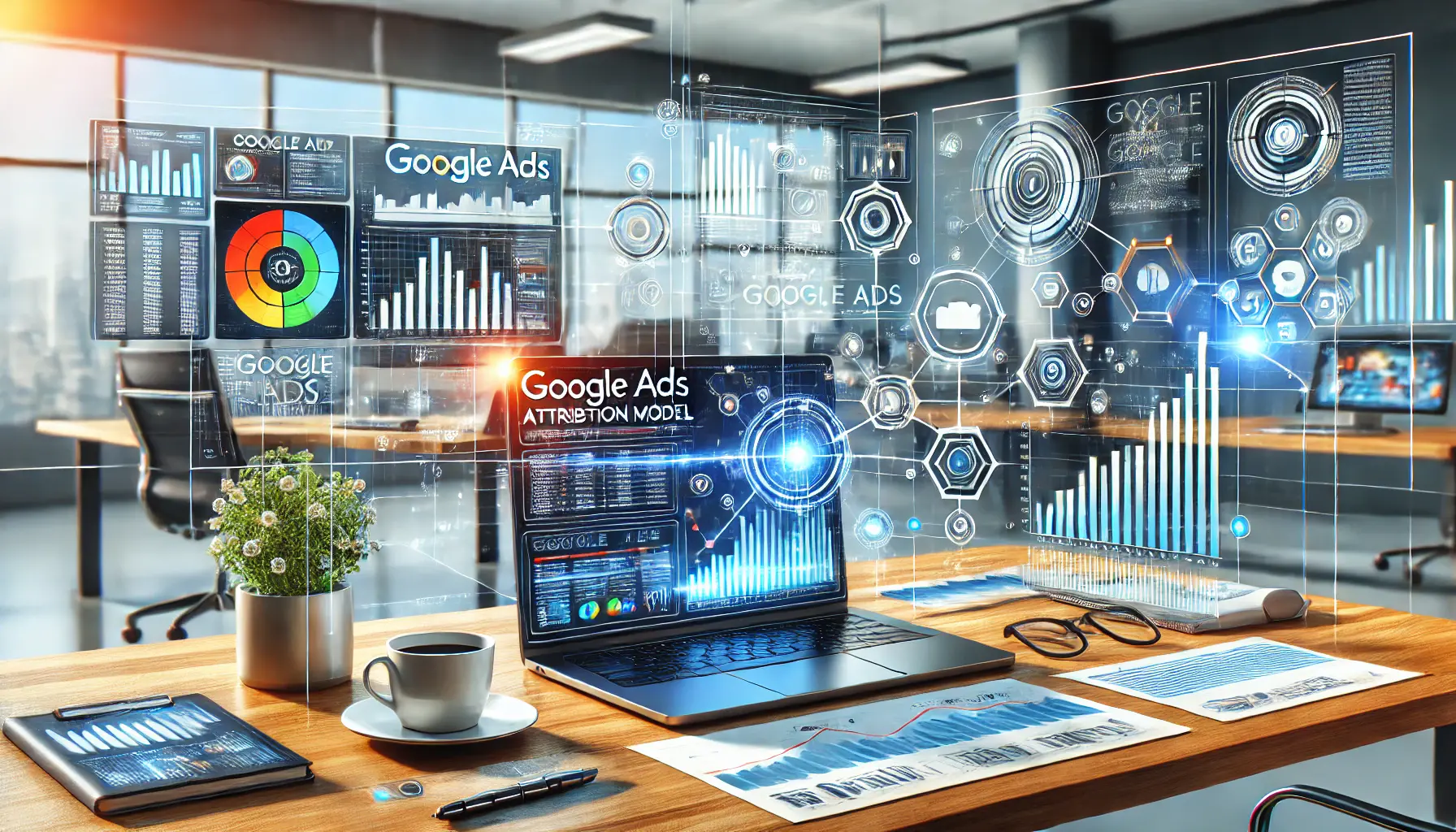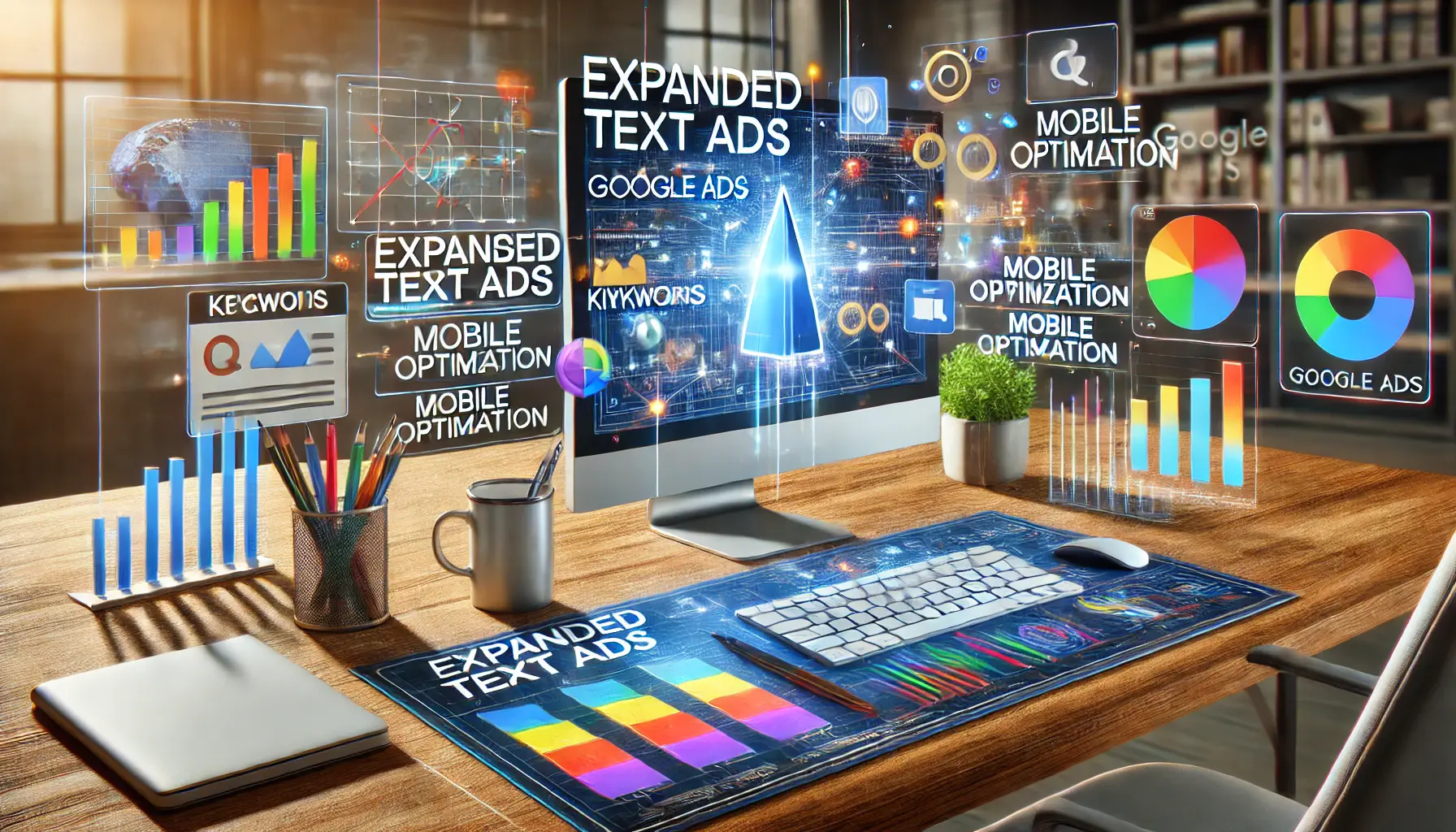In the ever-evolving digital marketing space, knowledge of the subtleties of ad serving scenarios within Google Ads is key to success.
Considering the role Google Ads plays in how businesses connect with target audiences, mastery in ad serving can literally make a difference between an effective campaign or fiscal fiasco.
Whether you are an experienced marketer or new to online advertising, studying ad serving scenarios will give you an extra edge in optimizing your campaigns for better performance.
Throughout this article, we will consider the various ad serving scenarios that exist and delve into how Google determines which ad shows up, where it does, and to whom it’s served.
In-depth examination of ad serving scenarios can enable you to make better decisions, ensuring that your ads show up at the right time and to the right people.
This understanding not only optimizes your ad spend but also helps you achieve your marketing objectives better and faster.
- Understanding Ad Serving Scenarios on Google Ads
- Key Factors That Influence Ad Serving Decisions
- Common Ad Serving Scenarios in Google Ads
- Optimizing Ad Serving for Better Performance
- Tracking and Analyzing Ad Serving Performance
- Master Ad Serving Scenarios to Succeed in Google Ads
- Ad Serving Scenarios in Google Ads – Frequently Asked Questions
Understanding Ad Serving Scenarios on Google Ads
When we talk about ad serving scenarios, it refers to the different conditions under which Google decides to display your ads.
These scenarios depend on factors such as your campaign settings, your bidding strategy, and even target audience behavior.
Knowing how these ad serving scenarios work will ultimately allow you to build your campaigns toward better performance.
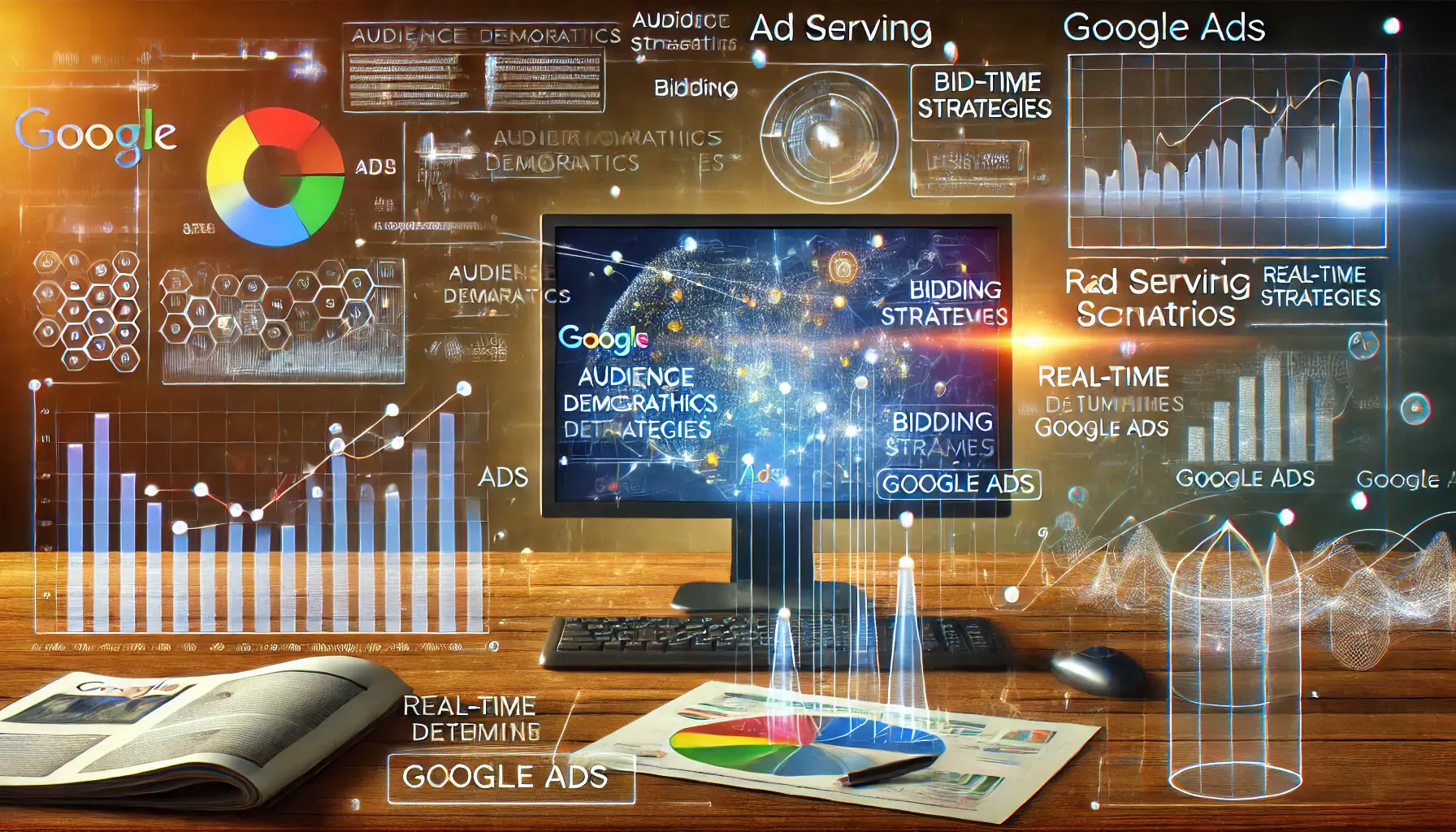
A visualization of the complex decision-making process behind ad serving scenarios in Google Ads.
What are Ad Serving Scenarios?
Quite simply, an ad serving scenario occurs every time Google evaluates your ad in relation to user queries, browsing habits, and campaign parameters.
Each time an auction occurs, Google assesses various variables to determine if your ad should serve, in what position it should serve, and how frequently it will serve.

A representation of the critical factors influencing ad serving scenarios in Google Ads.
Key Factors in Ad Serving Scenarios
Ad serving scenarios are based on real-time bidding, audience behavior, and your campaign setup.
They determine which ads are shown and under what circumstances.
This dynamic process takes into account elements such as:
- Keywords: Relevance of your keywords to the user’s search query.
- Ad Rank: A metric that combines your bid, ad quality, and the expected impact of ad extensions.
- Bid Strategies: Whether you are using manual bidding, smart bidding, or another strategy to control costs and ad placements.
- User Context: The location, device, time of day, and the history of previous interactions the user had with your ads or website.
By understanding the factors that affect ad serving scenarios, you can make strategic changes to improve the visibility of your ads, click-through rates, and conversions.
Effective ad serving ensures that your budget is wisely utilized to maximize ROI.
The benefits include:
- High visibility: Your ads will have a greater chance of appearing when they are most relevant to users.
- Optimized ad spend: You will pay for ads that have the highest probability of driving conversions.
- Better performance: Aligning ad serving scenarios with user intent will result in overall better performance.
Next, we will explore the main factors that determine ad serving decisions within Google Ads.
Ad serving scenarios play a crucial role in ensuring that your ads reach the right audience at the right time, making them an essential factor in optimizing ad performance.

A detailed depiction of the complex factors that influence ad serving decisions in Google Ads.
Key Factors That Influence Ad Serving Decisions
Ad serving scenarios in Google Ads are based on a mix of factors that help identify whether your ad will serve, when it will serve, and where it will be positioned.
Knowing these factors is crucial for optimizing your campaigns.
Let’s dive deeper into the key determinants of ad serving in Google Ads and how you can control them better for superior results.
One would be better off understanding that the basis of this can come from the campaign settings and objectives.
For example, a Search campaign aimed at driving traffic to the website will exhibit different patterns of ad serving compared to a Display campaign focused on creating brand awareness.
Additionally, targeting options such as location, device, and audience demographics will significantly influence how and when your ads serve.
- Campaign Types: Each campaign type—Search, Display, Video—has its own pattern of ad serving.
- Objectives: Align your campaign objectives with the system to ensure your ads reach the right users.
- Targeting: Audience demographics, location, and device all have an impact on ad serving.

A representation of budget allocation and bidding strategies in digital marketing, focusing on optimizing ad spend in Google Ads.
Budget Allocation and Bidding Strategies
Google evaluates your daily budget and bidding strategy to determine how often your ad can show.
Smart bidding strategies, which use machine learning to optimize for conversions or other goals, are becoming increasingly popular because they automatically adjust bids based on real-time data.
- Daily Budget: If you have a limited budget, your ad may not show as often as you want.
- Bidding Strategy: Automated strategies like Target CPA (Cost Per Acquisition) or Target ROAS (Return on Ad Spend) optimize for specific goals.
- Bid Adjustments: You can adjust bids based on factors like device, location, and time of day to increase control over ad serving scenarios.

A depiction of audience targeting and relevance in digital advertising, focusing on tailoring ads for optimal audience reach.
Audience Targeting and Relevance
Another critical factor in ad serving scenarios is the relevance of your ads to the target audience.
Google’s algorithms prioritize ads that are highly relevant to the user, whether it’s through search queries or browsing behavior.
This means that effective audience targeting, combined with relevant keywords and ad copy, will greatly enhance your ad’s exposure and positioning.
- Keywords and Ad Copy: By matching your keywords and ad text to user intent, you can ensure your ads reach the right audience.
- Audience Segments: Using audience segments like in-market or affinity audiences refines your ad serving.
- Quality Score: Google assigns a Quality Score to each of your ads based on relevance, impacting ad rank and visibility.
By understanding these factors and optimizing them, you can enhance your ad’s performance and ensure it reaches the right users at the right time.
Ad serving decisions rely on multiple key factors such as keywords, ad rankA value Google Ads assigns based on your bid, ad quality, and the expected impact of extensions., and audience behavior, which determine whether, where, and how often your ads will show.
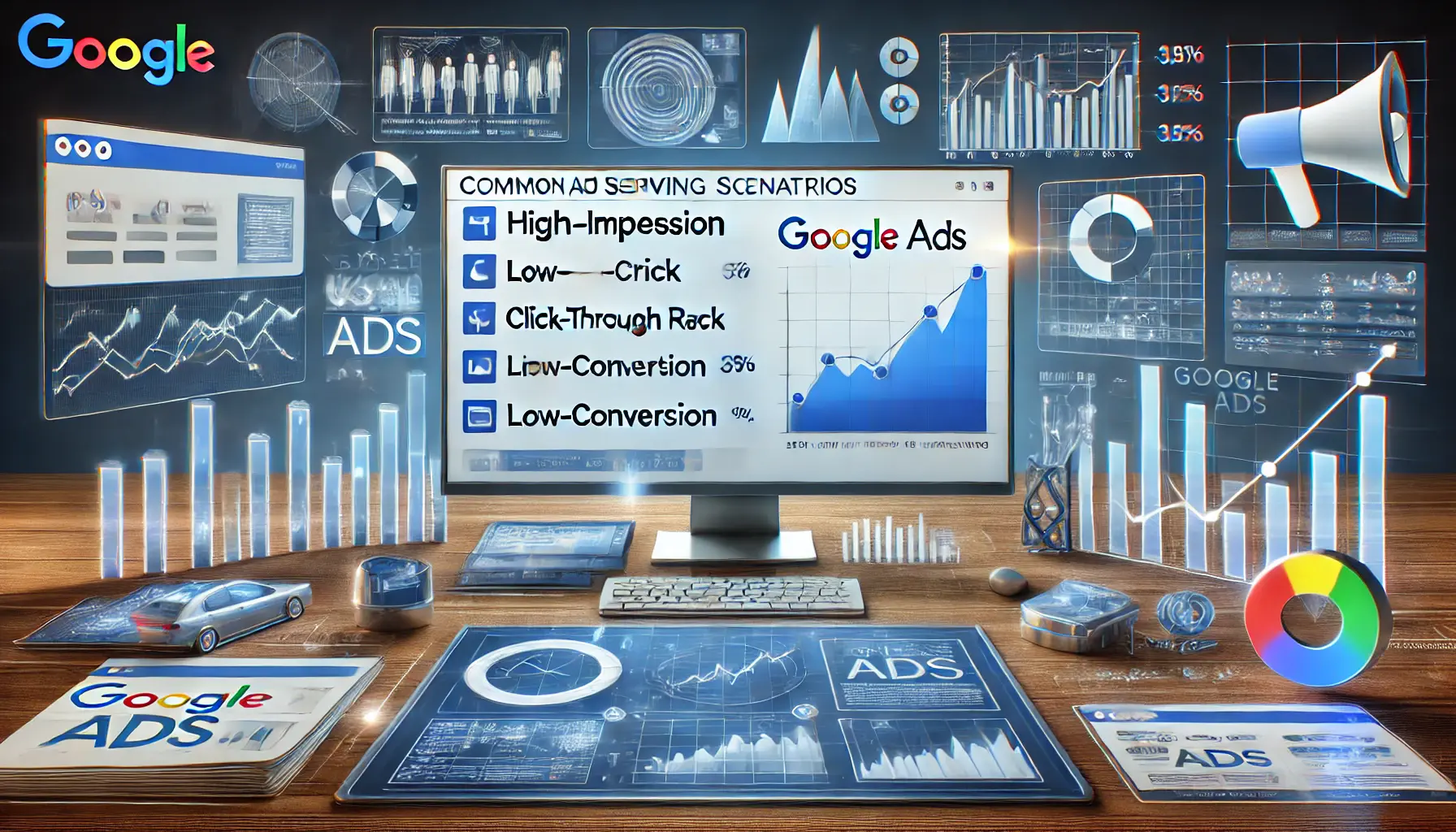
A visual representation of common ad serving scenarios in Google Ads, including performance metrics and ad delivery patterns.
Common Ad Serving Scenarios in Google Ads
There are a few ad serving scenarios that happen quite frequently in Google Ads.
Knowing these scenarios helps advertisers make the right adjustments to their campaigns and optimize performance.
These scenarios arise from different situations involving user behavior, device targeting, and campaign settings.
Let’s explore some of the common ad serving scenarios that any advertiser may face while running campaigns on Google Ads.
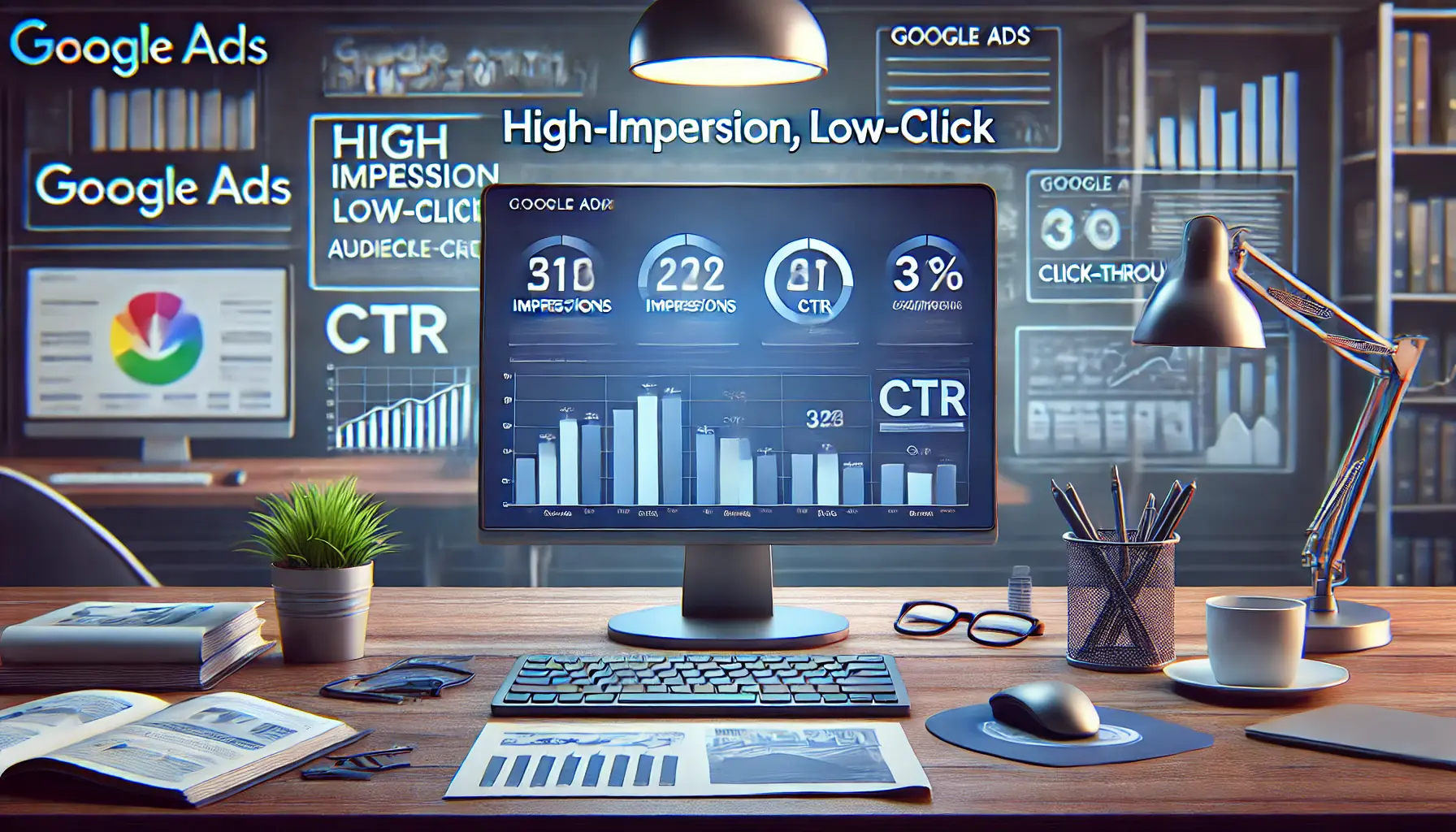
An illustration of high-impression, low-click scenarios in Google Ads, highlighting the gap between visibility and engagement.
High-Impression, Low-Click Scenarios
One of the most common ad serving scenarios is when there are high impressions but a low click-through rate (CTR).
This occurs when your ads are being shown to a large audience but fail to generate clicks.
A variety of factors can contribute to this, including irrelevant ad copy, mismatched keywords, or poor targeting.
To address this scenario, it’s crucial to revisit your ad copy and ensure it aligns with user intent.
Additionally, refining your keywords and improving targeting can enhance click-through rates.
- Ad Copy: Use relevant and engaging ad copy that aligns with what the user is searching for.
- Keywords: Incorporate more targeted and long-tail keywords to better match search queries.
- Targeting: Refine audience targeting to ensure you’re reaching the right users.

An illustration of low-conversion, high-cost scenarios in Google Ads, highlighting inefficient ad spend and optimization needs.
Low-Conversion, High-Cost Scenarios
Another common ad serving scenario is when ads receive clicks but fail to convert, leading to high costs without meaningful results.
This issue often stems from landing page disconnects, poor user experience, or targeting the wrong audience.
To resolve this, focus on creating landing pages that are optimized for conversions with clear calls-to-action and a seamless user experience.
Evaluating your audience targeting can also help reduce costs and increase conversions.
- Landing Pages: Ensure that landing pages are user-friendly, visually appealing, and designed to drive conversions.
- Calls-to-Action: Include clear and compelling calls-to-action on your landing pages.
- Targeting: Refine your targeting options to focus on audiences most likely to convert.
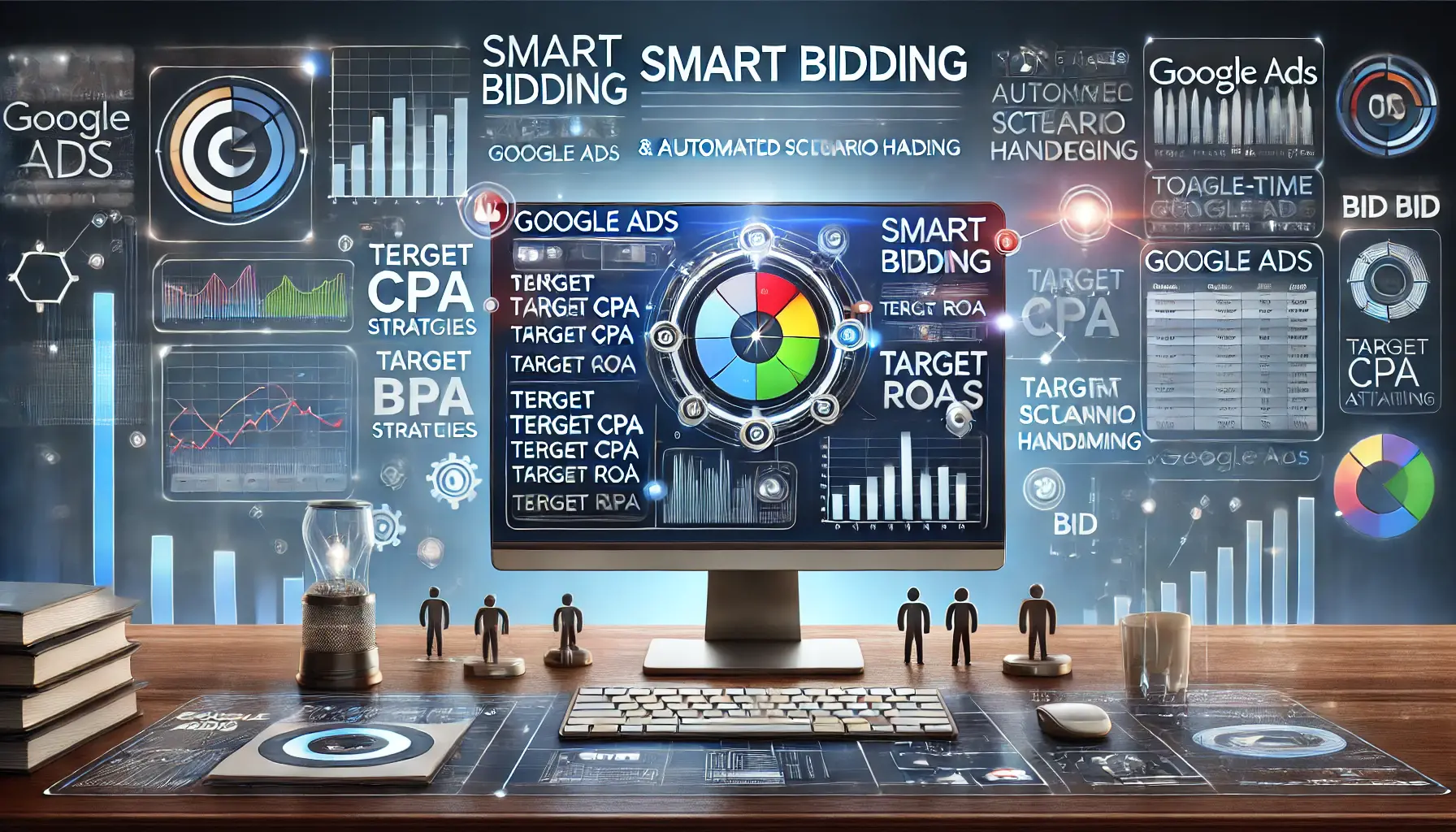
A representation of smart bidding and automated scenario handling in Google Ads, emphasizing machine learning and real-time optimization.
Smart Bidding and Automated Scenario Handling
Google’s Smart BiddingAutomated bid strategies using machine learning to optimize for conversions or other goals. strategies are designed to automatically optimize your bids in real-time using machine learning.
Smart Bidding can help you mitigate or avoid some ad serving scenarios by setting bids that maximize conversions or ROI.
For example, if your campaign is experiencing low conversions despite high click volume, Smart Bidding can adjust your bids to focus on users more likely to convert.
- Target CPA: Automatically adjusts bids to help you get as many conversions as possible within your cost-per-acquisition target.
- Target ROAS: Adjusts bids to help you achieve your desired return on ad spend.
- Maximize Conversions: Focuses on getting the highest possible number of conversions within your budget.

An illustration of device-specific ad serving differences in Google Ads, highlighting how ads perform across mobile, tablet, and desktop devices.
Device-Specific Ad Serving Differences
Device-specific ad serving scenarios refer to how ads perform differently on various devices, such as mobile, desktop, or tablet.
Ads may perform better on one device type over another due to user behavior, screen size, and browsing habits.
Advertisers can use bid adjustments to control how often their ads serve on specific devices to ensure they are optimizing performance where it matters most.
- Mobile Optimization: Ensure your landing pages are mobile-friendly to improve conversion rates on mobile devices.
- Device Bid Adjustments: Adjust bids to increase or decrease spending on specific devices based on performance data.
- User Behavior: Recognize how user behavior differs on mobile versus desktop and tailor your campaigns accordingly.
By recognizing these common ad serving scenarios and implementing strategies to address them, advertisers can greatly enhance the performance of their campaigns and improve their return on investment.
Advertisers should be aware of common ad serving scenarios, such as high impressions with low clicks or low conversions despite high costs, to optimize campaign performance.
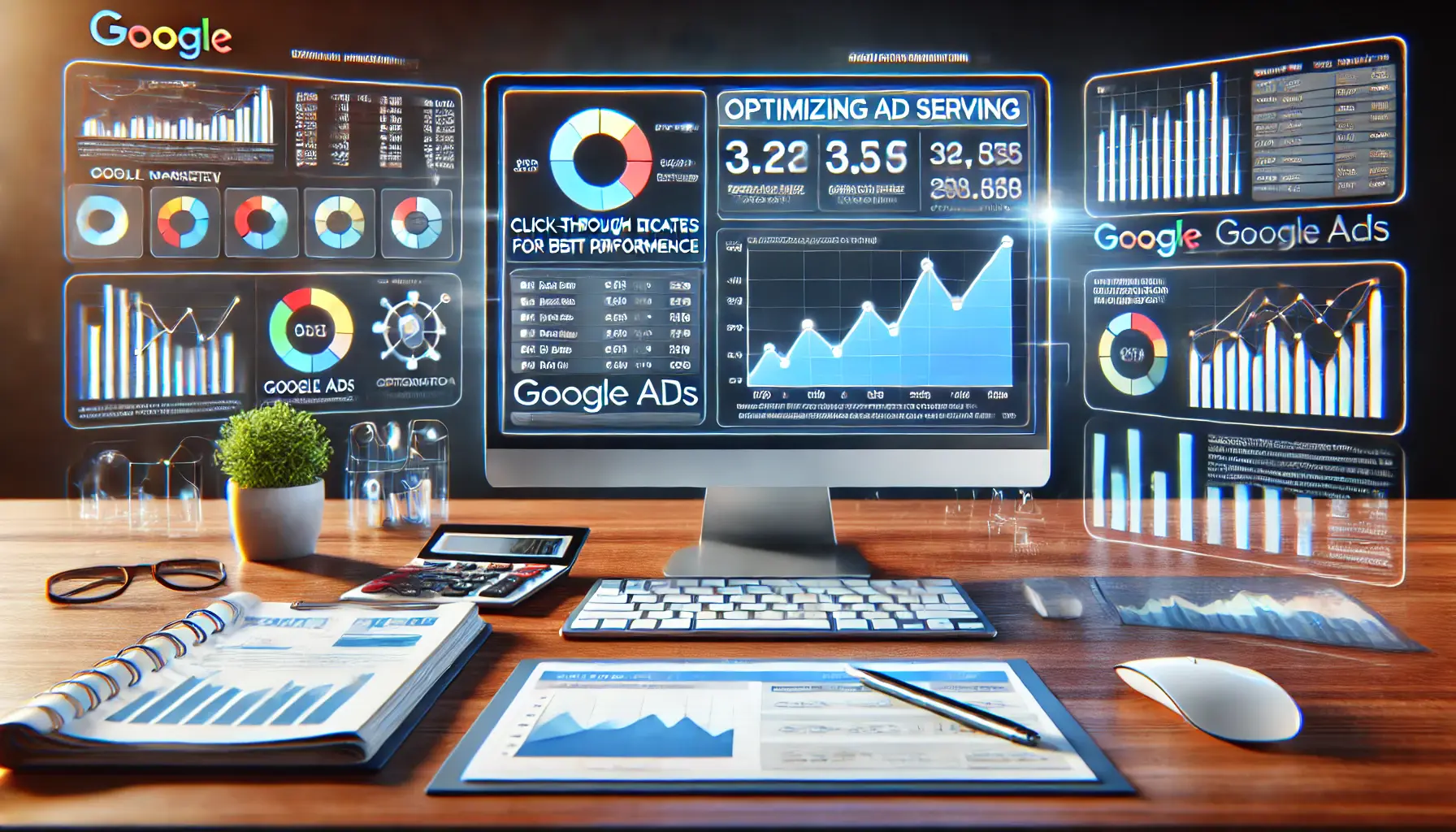
An illustration of optimizing ad serving for better performance in Google Ads, focusing on data-driven decisions and automation.
Optimizing Ad Serving for Better Performance
Optimizing ad serving scenarios is of utmost importance in achieving the best performance from your Google Ads campaigns.
By fine-tuning your campaigns to align with Google’s ad serving algorithms, you can fully maximize your potential to reach the right audience at the right time, leading to better performance and higher ROI.
Below, we explore some of the key strategies for optimizing ad serving to ensure you get the most value for your ad budget.

An illustration of adjusting campaign settings for efficiency in Google Ads, focusing on optimizing targeting and bid strategies.
Adjusting Campaign Settings for Efficiency
One of the first steps in optimizing ad serving scenarios is ensuring your campaign settings align with your business objectives.
Targeting options, ad delivery methods, and bidding can all be optimized to improve how and when your ads serve.
For example, the ‘Accelerated’ delivery type may serve ads faster for businesses with time-critical offers compared to ‘Standard’ delivery.
- Targeting Adjustments: Refine audience demographics, locations, and device targeting to enhance relevancy.
- Ad Scheduling: Apply ad scheduling to ensure your ads run during peak performance hours.
- Delivery Methods: Choose between Standard and Accelerated ad delivery based on your business needs.
Additionally, Google Ads offers several Smart Bidding options, such as Target CPAA Smart Bidding strategy where bids are adjusted to achieve the cost-per-acquisition goal. and Target ROASA bidding strategy where bids are optimized to achieve a specific return on ad spend., which automatically adjust bids using machine learning based on real-time performance data.
By utilizing these tools, you can take advantage of Google’s algorithms to ensure your ads are served when they’re most likely to generate conversions.
- Smart Bidding: Automated bidding strategies such as Target CPA and Maximize Conversions optimize your bids for better results.
- Responsive Search Ads: Use responsive search ads, which adjust ad combinations automatically to enhance ad relevance and performance.
- Dynamic Search Ads: Dynamic search ads use your website content to automatically generate highly relevant ads based on search queries.
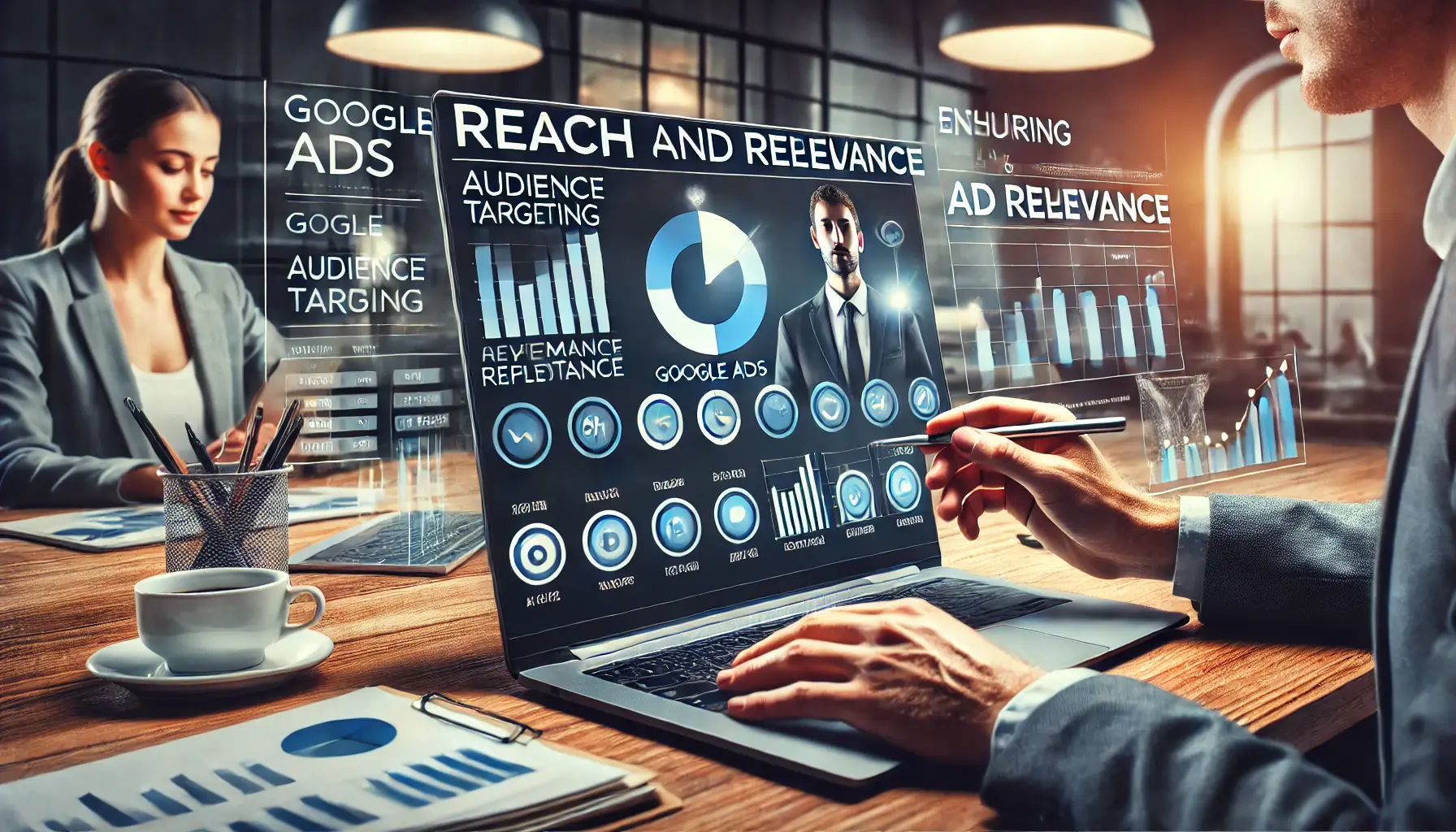
An illustration of balancing reach and relevance in digital advertising, focusing on optimizing audience targeting and ad relevance.
Balancing Reach and Relevance
Achieving the right balance between reach and relevance is critical in optimizing ad serving scenarios.
While you want to reach as many potential customers as possible, you also need to ensure your ads are highly relevant to your target audience.
Striking this balance between loosening and tightening your targeting can enhance ad quality, improve performance, lower your cost per click (CPC), and reduce your cost per conversion.
- Audience Segmentation: Use audience segments, such as in-market and affinity audiences, to narrow reach but improve relevance.
- Keyword Refinement: Refine keywords for better relevance to search queries and reduce wasted spend.
- Ad Personalization: Personalize your ads to speak directly to the interests and needs of your target audience.
By applying these best practices in optimizing ad serving scenarios, you can increase the performance of your Google Ads campaigns and achieve a better return on your investment, aligning with your business goals.
Optimizing ad serving involves refining campaign settings, targeting, and bidding strategies to ensure that ads are shown at the most opportune times for better ROI.
An illustration of tracking and analyzing ad serving performance in Google Ads, focusing on data-driven decision-making.
Tracking and Analyzing Ad Serving Performance
Optimization of ad serving scenarios can be fully realized through constant tracking and analysis of performance.
Google Ads offers a range of tools that help advertisers track how their ads are performing, adjust campaigns, and make data-driven decisions.
Knowing how your ads are serving and what results they are producing allows you to identify opportunities to make improvements, effectively leveraging your budget.
An illustration of tracking ad serving using Google Ads tools, focusing on real-time monitoring and performance optimization.
Tracking Ad Serving Using Google Ads Tools
Google Ads provides various tools that offer insight into your ad serving scenarios.
Key performance indicators (KPIs) such as impressions, click-through rate (CTR), conversion rates, and Quality Score give you a clear view of how well your ads are performing in different contexts.
These tools also allow you to understand how your ads are performing across devices, locations, and audiences, providing a complete view of your campaigns.
- Impressions and CTR: Measure how many times your ads are shown and how many clicks they receive compared to impressions.
- Conversion Tracking: Track what users do after engaging with your ad, such as form submissions, purchases, or sign-ups.
- Quality Score: Monitor your Quality Score to understand how relevant your ad is to the search query, impacting ad rank and cost-per-click.

An illustration of interpreting data and identifying opportunities in ad serving, focusing on analyzing trends and performance insights.
Interpreting Data and Identifying Opportunities
The key to success involves analyzing the data and using it as a basis for informed campaign adjustments.
Metrics like conversions, bounce rates, or audience engagement help you identify underperforming ads or segments.
For instance, if certain keywords or ad groups have a high CTR but low conversion rate, this may indicate a disconnect between the ad and the landing page experience.
- Conversion Rate Optimization: Reassess the performance of your landing pages and calls-to-action to improve conversion rates.
- Audience Insights: Use audience insights to refine your targeting and ensure your ads are reaching the most relevant users.
- Keyword Analysis: Continuously evaluate keyword performance to identify low-performing keywords, allowing you to optimize your budget allocation.
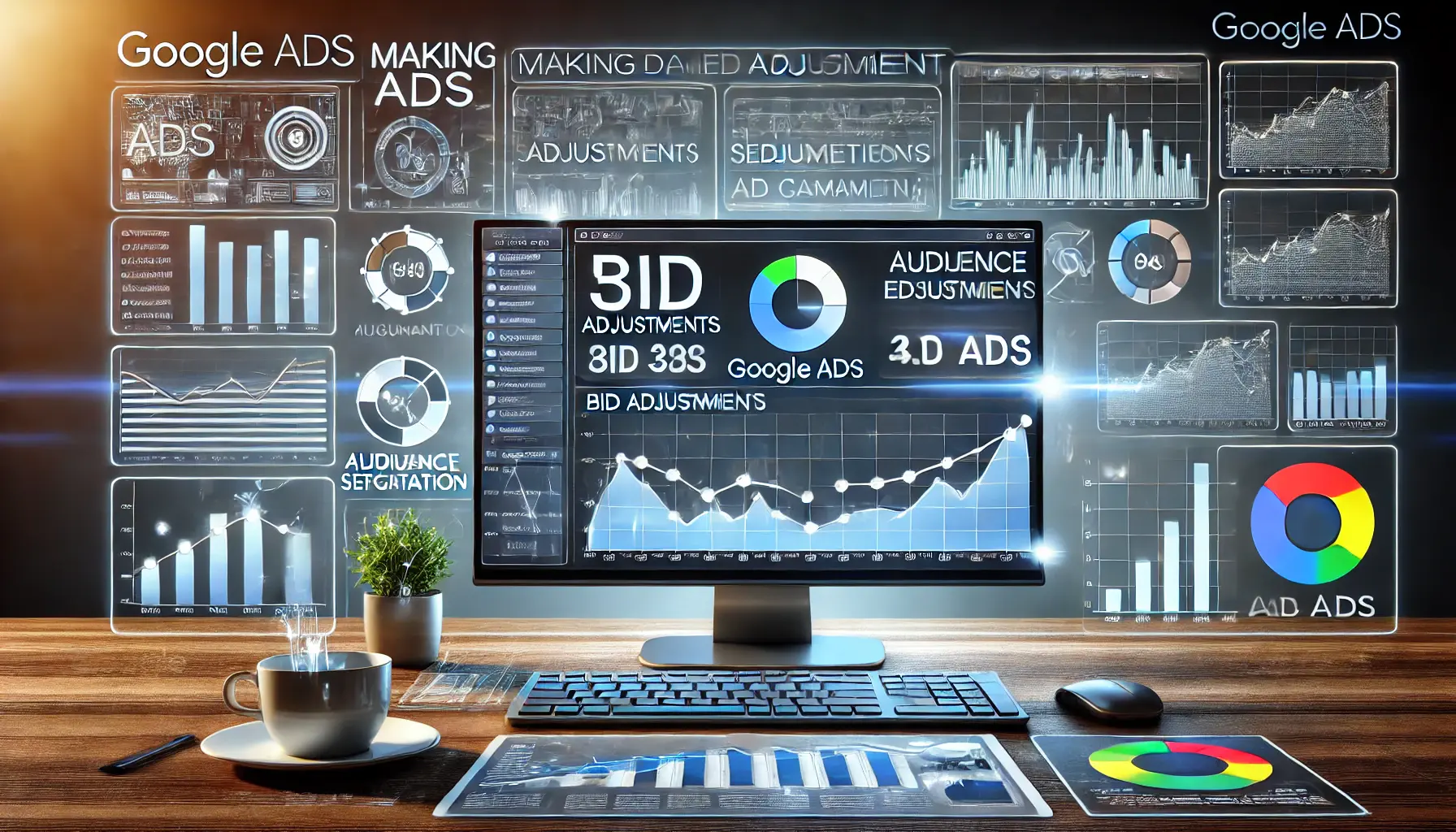
An illustration of making data-driven adjustments in online advertising, focusing on optimizing campaign performance based on real-time data.
Making Data-Driven Adjustments
You can use the insights from ad performance tracking and analysis to optimize bids, adjust targeting, and further develop your ad copy.
Regular performance reviews ensure that your campaigns continue to improve over time, especially with Smart Bidding strategies.
- Bid Adjustments: Modify bids based on device performance, audience behavior, and location data.
- Optimize Ad Copy: Test variations in ad copy to see which one resonates best with your target audience.
- Targeting Adjustments: Refine audience segments or exclude underperforming demographics to increase ad efficiency.
Continuously tracking your ad serving scenarios will help refine your campaigns and improve overall performance.
The more data you collect and apply, the better your Google Ads campaigns will be in achieving your business objectives.
Regular tracking and analysis of ad performance data are essential to ensure that campaigns continue to improve and deliver high-quality results.
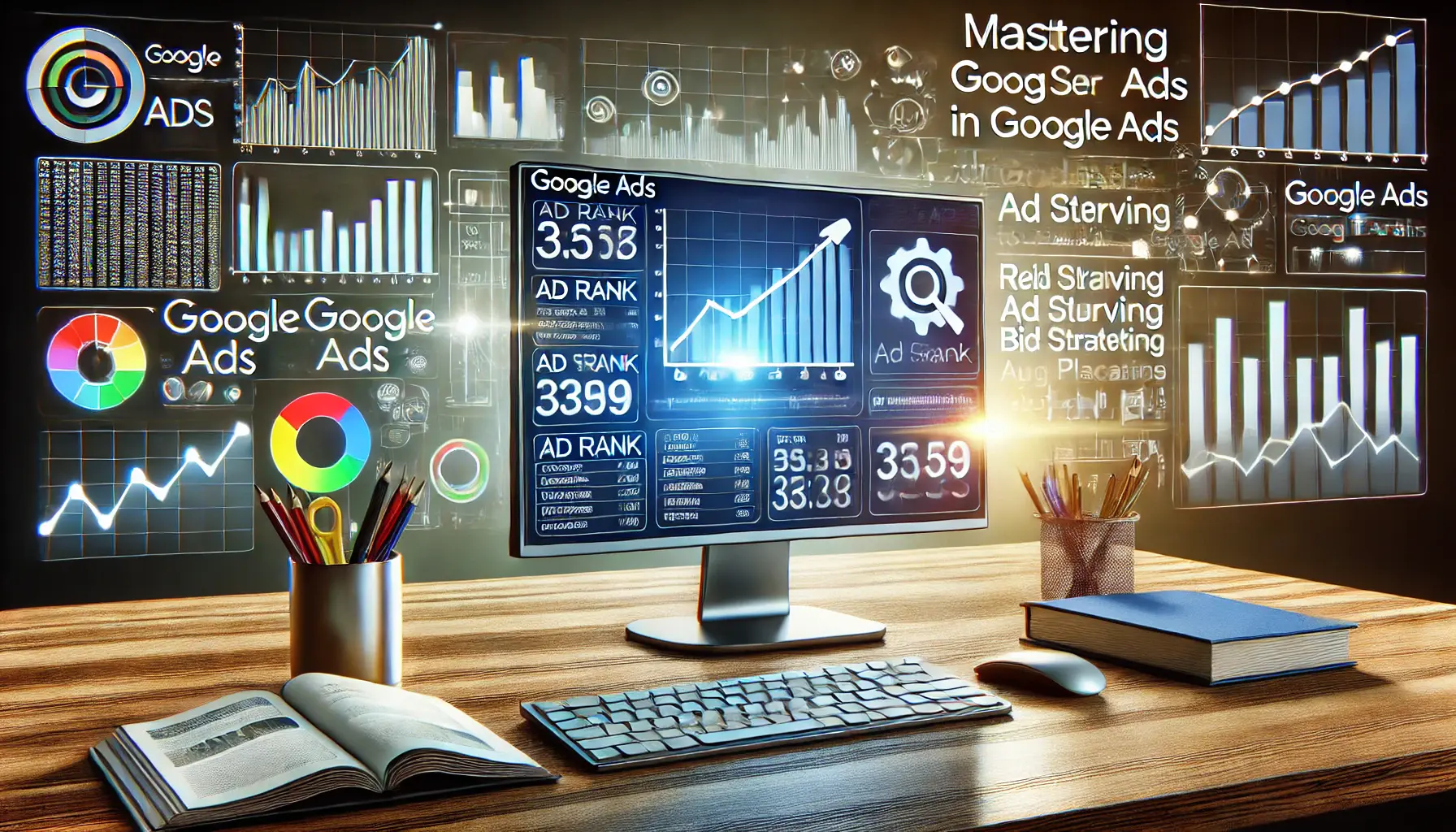
An illustration of mastering ad serving scenarios in Google Ads, focusing on optimizing ad rank, bid strategies, and audience targeting.
Master Ad Serving Scenarios to Succeed in Google Ads
Ad serving scenarios need to be fully understood and optimized for campaign success in today’s challenging arena of digital marketing.
In this article, we explored the role different factors play in ad serving, from setting up a correct campaign to leveraging machine learning tools such as Smart Bidding.
Each of these elements is crucial in determining how, when, and to whom your ads will be served.
The time you invest in mastering these factors will ensure that your budget is effectively utilized to achieve your business objectives.
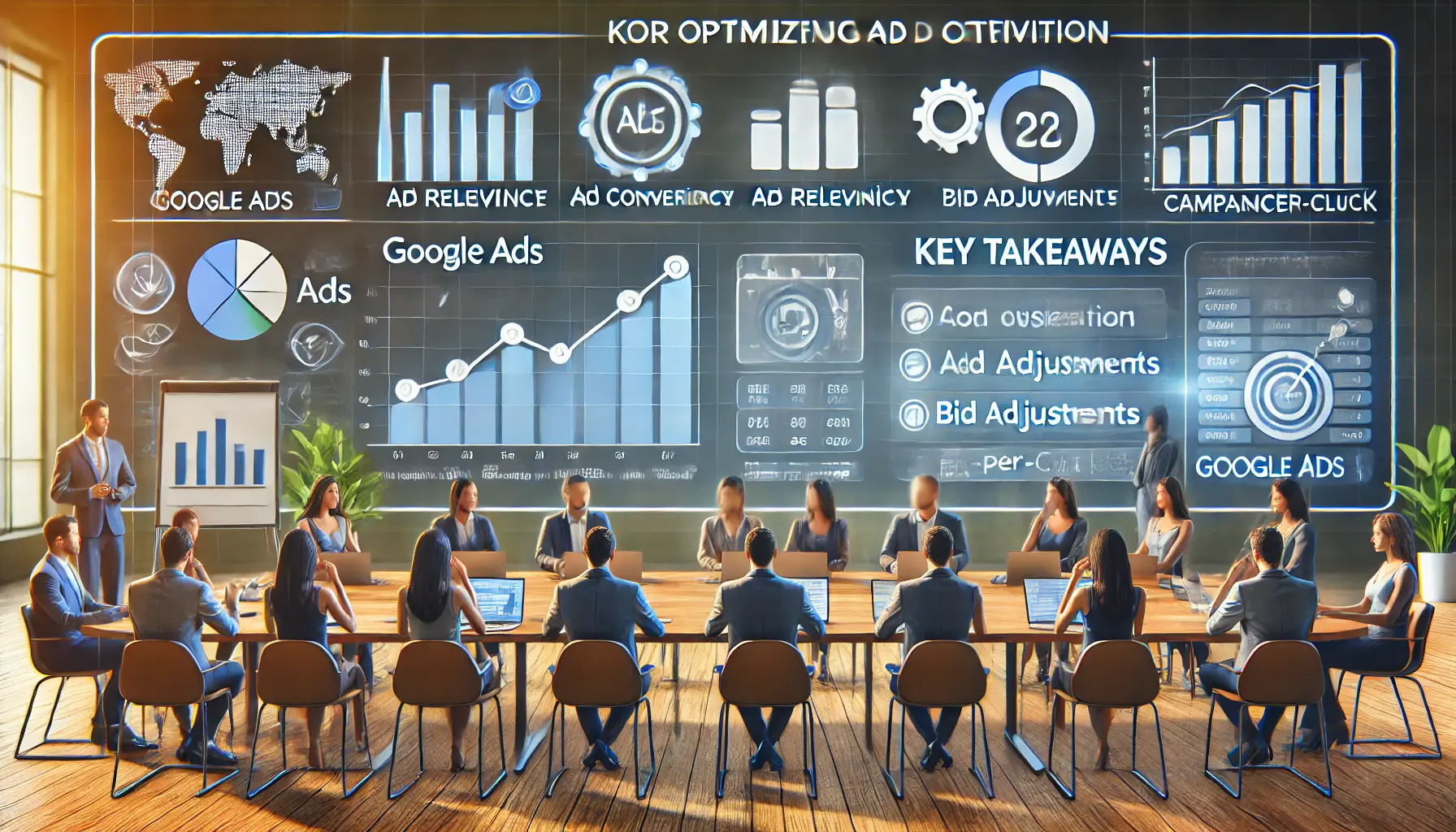
An illustration of key takeaways for optimizing ad serving in Google Ads, focusing on strategies like bid adjustments and audience targeting.
Key Takeaways for Optimizing Ad Serving
As we have discussed, the key to optimizing your ad serving scenarios lies in understanding the many elements that impact performance.
By focusing on these strategies, advertisers can create campaigns that not only reach the right audience but also maximize their return on investment (ROI).
- Understand Campaign Settings: Meeting your business needs starts with aligning your campaign objectives, targeting, and delivery methods.
- Leverage Machine Learning: By embracing Smart Bidding and other automated features, you ensure that bids are continuously optimized, improving performance with real-time data.
- Balance Reach and Relevance: Finding the balance between broader audiences and highly relevant ads allows you to maintain your budget while reaching the most desired users.
- Continuously Track and Analyze Performance: Regularly review metrics like impressions, CTR, and conversion rates to make informed adjustments that keep campaigns on track.

An illustration of future-proofing your ad strategy, focusing on trends, automation, and emerging technologies in digital advertising.
Future-Proofing Your Ad Strategy
Looking ahead, the digital advertising space will continue to evolve, and Google Ads will regularly introduce new tools and features that further improve ad serving scenarios.
Staying informed about these developments and adjusting your strategy accordingly will be key to maintaining a competitive edge.
As automation and machine learning become even more integral to Google Ads, advertisers who embrace these tools will move toward sustained success.

An illustration symbolizing final thoughts on ad serving strategies, focusing on overall campaign success and optimization.
Final Thoughts
Mastering ad serving scenarios in Google Ads requires deep knowledge of the factors that influence ad performance, including campaign settings, bidding strategies, and audience targeting.
By following the strategies outlined in this article, you can improve your ad campaigns and ensure the best possible return on investment.
Effective ad serving is based on continuous tracking and data-driven decision-making.
Being proactive in optimizing your campaigns will ensure continued success in the dynamic world of Google Ads.
Mastering ad serving scenarios is vital for advertisers looking to optimize their campaigns and achieve sustained success in Google Ads.

An illustration representing frequently asked questions about ad serving scenarios in Google Ads, focusing on clarifying key concepts.
Your campaigns can be managed by an agency specialized in Google Ads, check out our service page.
Ad Serving Scenarios in Google Ads – Frequently Asked Questions
Understanding ad serving scenarios in Google Ads often raises a set of specific questions.
Below, you’ll find answers to the most frequently asked questions on how ad serving works, optimizing campaigns, and enhancing performance.
Various conditions and factors define ad serving scenarios, including when, how, and to whom your ads are shown.
This is determined by campaign settings, audience targeting, and bidding strategies.
To enhance ad serving, align your campaign settings with business objectives, utilize Smart Bidding strategies, and analyze performance metrics like CTR, impressions, and conversion rates regularly to make data-driven adjustments.
Smart Bidding automatically adjusts bids in real time to focus ad delivery on desired conversions or ROI, saving time by eliminating the need for manual bid management.
Target broader audiences while ensuring your ads are relevant to user intent by refining keywords and focusing on ad copy that resonates with your desired customer base.
Tracking ad serving performance helps you gauge key metrics like impressions, clicks, and conversions.
This allows you to identify areas of improvement and optimize campaigns for better results and efficient budget use.
